Processes of Sub-Citizenship: Neoliberal Statecrafting ‘Citizens,’ ‘Non-Citizens,’ and Detainable ‘Others’
Abstract
1. Introduction
It is not always the case that the governing political philosophy is spoken by everybody as if they’re already inside it. It is when it becomes ‘just how things are’ that it wins consent and enters common sense. And at that point the political regime or philosophy has achieved a more settled, long-term deeper form of control…a level of unconsciousness where people aren’t even aware they’re speaking ideology at all. The ideology has become ‘naturalised,’ simply part of nature.
2. ‘Reengineering’ Citizenship
‘Market forces’ was a brilliant linguistic substitute for ‘the capitalist system,’ because it erased so much, and, since we all use the market every day, it suggests that we all somehow already have a vested interest in conceding everything to it. It conscripted us… constantly associating ‘the market’ with things like freedom, choice—and thus the necessity of a privatised economy; that’s the logic.
3. Processes of Sub-Citizenship
4. Children in Immigration Detention
- (1)
- The US detains far more children than Australia.
- (2)
- The US lacks transparency regarding the number of children in detention.
- (3)
- The US is the only country in the world that systematically separates and detains immigrant families en masse (Wood 2018). Australia is the only country in the world with a policy of mandatory detention and offshore processing of people seeking asylum who arrive without a valid visa (Australian Human Rights Commission (AHRC) n.d.).15
- (4)
- The average length of time children are held in immigration detention is believed to be roughly similar: 3.5–7.9 months in the USA and 7.5 months in Australia (Australian Human Rights Commission (AHRC) 2014).
- (5)
- Both countries have been condemned by the United Nations and other human rights organizations for breaching international human rights law, including the Rights of the Child (Australian Human Rights Commission (AHRC) 2014; Amnesty International 2013, 2015, 2015; Nethery and Holman 2016; United Nations News 2018).
4.1. Experiences of Children Held in Australia’s Immigration Detention Centers
- 57 serious assaults.
- 233 assaults involving children.
- 207 incidents of actual self-harm.
- 436 incidents of threatened self-harm.
- 33 incidents of reported sexual assault (the majority involving children).
- 183 incidents of voluntary starvation/hunger strikes (with a further 27 involving children) (Australian Human Rights Commission (AHRC) 2014, p. 62).
My hope is finished now. I don’t have any hope. I feel I will die in detention.17-year-old child, gender redacted, held at Phosphate Hill Detention Center on Christmas Island
My country and my religion is a target for Taliban. There were bomb blasts and always big wars and terrible attacks. Shia people have arms, legs, noses hacked off, necks slashed, plus there is rocket fire and missiles. This is because I am Shia. All this means no one is safe and how because I escaped. I am in detention.Child, age and gender redacted, held at Nauru Regional Processing Center
I feel like I’m in jail, no one here to help us. It’s just me and God.17-year-old child, gender redacted, held at Christmas Island detention Center
I am a thirteen years old boy that came to Australia with my parents and my eight-year-old brother for better and brighter future. We took the risk of this dangerous way because we had no other option. I heard Australian politicians say Iranian people come to Australia because of their economic problems. But we weren’t poor in my country. We weren’t hungry, homeless, jobless, and illiterate. We immigrate because we had no freedom, no free speech, and we had [a] dictatorship.
the Government of Australia has made a calculation in which intolerable cruelty and the destruction of the physical and mental integrity of hundreds of children, men and women, have been chosen as a tool of government policy. In doing so the Government of Australia is in breach of international human rights law and international refugee law. The conditions on Nauru—refugees’ severe mental anguish, the intentional nature of the system, and the fact that the goal of offshore processing is to intimidate or coerce people to achieve a specific outcome—amounts to torture.(p. 7, my emphasis)
I was particularly distressed by the utter despair of the unaccompanied boys I spoke with on Christmas Island—despair underpinned by past, present and anticipatory trauma. Young men, in the prime of their lives, who face the intolerable realization that any hope of a better life had almost evaporated.
4.2. Experiences of Children Held in US Immigration Detention Centers
I’m in a room with dozens of other boys. Some have been as young as 3 or 4 years old. Some cry. Right now there is a 12-year old-boy who cries a lot. Others try to comfort him. One of the officers makes fun of those who cry.17-year-old boy, currently held in US immigration detention center in Clint, Texas
A Border Patrol agent came into our room with a 2-year-old boy and asked us, “Who wants to take care of this little boy?’ Another girl said she would take care of him but lost interest after a few hours and so I started taking care of him… I feed the boy, change his diaper, and play with him. He is sick. He has a cough and a runny nose and scabs on his lips.15-year-old child, gender and detention center location redacted
I have been here without bathing for 21 days. I have seen that when we try to complain about the conditions the (officers) want to know what we said. Then they start yelling at us, saying things like, ‘You don’t belong here,’ ‘Go back to where you came from,’ ‘You are pigs,’ ‘You came here to ruin my country.’ They try to intimidate us. I have seen officers hit other detainees in the stomach.Age redacted, young mother held at the Ursula detention center in McAllen, Texas
the conditions within which they are held could be compared to torture facilities. That is, extreme cold temperatures, lights on 24 h a day, no access to medical care, basic sanitation, water or adequate food… every single person I spoke to [was] denied access to hand-washing even after bathroom use.
5. Denaturalizing the Nation-State, Citizenship, and Borders
5.1. Historizing the Nation-State
5.2. Problematizing Traditional Migration and Citizenship Perspectives
6. Pressing for Sub-Citizen Solidarity
Funding
Acknowledgments
Conflicts of Interest
References
- Adey, Peter. 2004. Secured and sorted mobilities: Examples from the airport. Surveillance & Society 1: 500–19. [Google Scholar] [CrossRef]
- Adey, Peter. 2006. “Divided we move”: The dromologics of airport security and surveillance. In Surveillance and Security: Technological Politics and Power in Everyday Life. Edited by Torin Monahan. New York: Routledge, pp. 195–208. [Google Scholar]
- Agamben, Giorgio. 1998. Homo Sacer: Sovereign Power and Bare Life. Stanford: Stanford University Press. [Google Scholar]
- Agnew, John. 1994. The territorial trap: The geographical assumptions of international relations theory. Review of International Political Economy 1: 53–80. [Google Scholar] [CrossRef]
- Amelina, Anna, Devimsel D. Nergiz, Thomas Faist, and Nina Glick Schiller. 2012. Beyond Methodological Nationalism. New York: Routledge. [Google Scholar]
- Amnesty International. 2011. Jailed without Justice: Immigration Detention in the USA. Available online: https://www.amnestyusa.org/wp-content/uploads/2011/03/JailedWithoutJustice.pdf (accessed on 1 August 2019).
- Amnesty International. 2013. This is Breaking People: Human Rights Violations at Australia’s Asylum Seeker Processing Center on Manus Island, Papua New Guinea. Available online: https://www.amnesty.org.au/wp-content/uploads/2016/09/Amnesty_International_Manus_Island_report.pdf (accessed on 1 June 2017).
- Amnesty International. 2015. Australia: By Hook or by Crook- Australia’s Abuse of Asylum-Seekers at Sea. Available online: https://www.amnestyusa.org/files/australia-by_hook_or_by_crook.pdf (accessed on 1 June 2017).
- Amnesty International. 2016. Australia: Island of Despair: Australia’s “Processing” of Refugees on Nauru. Available online: https://www.amnesty.org/download/Documents/ASA1249342016ENGLISH.PDF (accessed on 1 June 2017).
- Anderson, Benedict. 1983. Imagined Communities. London: Verso. [Google Scholar]
- Anderson, Bridget, Matthew J. Gibney, and Emanuela Paoletti. 2011. Citizenship, deportation and the boundaries of belonging. Citizenship Studies 15: 547–63. [Google Scholar] [CrossRef]
- Arendt, Hannah. 1951. The Origins of Totalitarianism. New York: Harcourt Brace Jovanovich. [Google Scholar]
- Australian Border Force (ABF). 2019. Immigration Detention in Australia. Available online: https://www.abf.gov.au/about-us/what-we-do/border-protection/immigration-detention (accessed on 20 July 2019).
- Australian Citizenship Amendment Act. 2015. Available online: https://www.legislation.gov.au/Details/C2015A00166 (accessed on 20 May 2017).
- Australian Human Rights Commission (AHRC). 2014. The Forgotten Children: National Inquiry into Children in Immigration Detention 2014; Sydney: Australian Human Rights Commission. Available online: https://www.humanrights.gov.au/sites/default/files/document/publication/forgotten_children_2014.pdf (accessed on 1 June 2017).
- Australian Human Rights Commission (AHRC). n.d. The Health and Well-being of Children in Immigration Detention. Available online: https://www.humanrights.gov.au/our-work/4-overview-children-detention (accessed on 1 June 2017).
- Baines, Donna, and Nandita Sharma. 2002. Migrant Workers as Non-citizens. The Case Against Citizenship as a Social Policy Concept. Studies in Political Economy 69: 75–107. [Google Scholar] [CrossRef]
- Barnett, Clive. 2005. The consolations of ‘neoliberalism’. Geoforum 36: 7–12. [Google Scholar] [CrossRef]
- Bauder, Harald. 2008. Citizenship as capital: The distinction of migrant labor. Alternatives 33: 315–33. [Google Scholar] [CrossRef]
- Bauder, Harald. 2013. Nation, ‘migration’ and critical practice. Royal Geography Society 45: 56–62. [Google Scholar] [CrossRef]
- Bauman, Zygmunt. 1998. Globalization: The Human Consequences. New York: Columbia University Press. [Google Scholar]
- Beck, Ulrich. 2007. Beyond class and nation: Reframing social inequalities in a globalizing world. British Journal of Sociology 58: 679–705. [Google Scholar] [CrossRef]
- Beck, Ulrich. 2009. What is Globalization? Cambridge: Polity Press. [Google Scholar]
- Brenner, Neil, and Nik Theodore. 2002. Cities and the geographies of ‘actually existing neoliberalism’. Antipode 34: 349–79. [Google Scholar] [CrossRef]
- Brodie, Janine. 1997. Meso-discourses, state forms and the gendering of liberal-democratic citizenship. Citizenship Studies 1: 232–42. [Google Scholar] [CrossRef]
- Butler, Judith. 2006. Precarious Lives: The Powers of Mourning and Violence. London: Verso. [Google Scholar]
- Castañeda, Ernesto. 2019. Migration and its Challenges to Political Theory and Nationalism. In Building Walls: Excluding Latin People in the United States. Edited by Ernesto Castañeda. Lanham: Lexington Books, pp. 29–45. [Google Scholar]
- Castles, Stephen. 2010. Understanding global migration: A social transformation perspective. Journal of Ethnic and Migration Studies 36: 1565–86. [Google Scholar] [CrossRef]
- Castree, Noel. 2006. From neoliberalism to neoliberalisation: Consolations, confusions and necessary illusions. Environment and Planning A 38: 1–6. [Google Scholar] [CrossRef]
- Chalabi, Mona. 2018. How many migrant children are detained in US custody? The Guardian. Available online: https://www.theguardian.com/news/datablog/2018/dec/22/migrant-children-us-custody (accessed on 1 August 2019).
- Cornelisse, Galina. 2010. Immigration detention and the territoriality of universal rights. In The Deportation Regime: Sovereignty, Space, and the Freedom of Movement. Edited by Nicholas DeGenova and Nathalie Peutz. Durham: Duke University Press, pp. 101–22. [Google Scholar]
- Cresswell, Tim. 2006. On the Move: Mobility in the Modern Western Word. London: Routledge. [Google Scholar]
- De Genova, Nicholas P. 2002. Migrant “illegality” and deportability in everyday life. Annual Review of Anthropology 32: 419–47. [Google Scholar] [CrossRef]
- De Genova, Nicholas. 2007. The production of culprits: From deportability to detainability in the aftermath of “homeland security”. Citizenship Studies 11: 421–48. [Google Scholar] [CrossRef]
- De Genova, Nicholas, and Nathalie Peutz. 2010. The Deportation Regime: Sovereignty, Space, and the Freedom of Movement. Durham: Duke University Press. [Google Scholar]
- Dean, Mitchell M. 1999. Governmentality: Power and Rule in Modern Society. Los Angeles: Sage. [Google Scholar]
- Department of Home Affairs. 2018. Immigration Detention and Community Statistics Summary: 31 December 2018. Available online: https://www.homeaffairs.gov.au/research-and-stats/files/immigration-detention-statistics-dec-2018.pdf (accessed on 3 June 2019).
- Doherty, Ben. 2018. Critically Ill Refugee Child Flown from Nauru to Australia with Family. The Guardian. Available online: https://www.theguardian.com/australia-news/2018/aug/21/critically-ill-refugee-child-flown-from-nauru-to-australia-with-family?CMP=soc_567 (accessed on 3 June 2019).
- Doherty, Ben. 2019. “We’re a Polite Town”: Rage in Biloela as Tamil family’s Fate in Peter Dutton’s Hands. The Guardian. Available online: https://www.theguardian.com/australia-news/2019/aug/31/we-implore-them-the-biloela-tamil-family-and-their-five-day-reprieve-from-deportation (accessed on 4 June 2019).
- Gibney, Matthew J. 2008. Asylum and the expansion of deportation in the United Kingdom. Government and Opposition 43: 139–43. [Google Scholar] [CrossRef]
- Golash-Boza, Tanya. 2009. The immigration industrial complex: Why we enforce immigration policies destined to fail. Sociology Compass 3: 295–309. [Google Scholar] [CrossRef]
- Grace, Breanne L., Stephanie J. Nawyn, and Betty Okwako. 2017. The right to belong (if you can afford it): Market-based restrictions on social citizenship in refugee resettlement. Journal of Refugee Studies 31: 42–61. [Google Scholar] [CrossRef]
- Groves, Matthew. 2004. Immigration detention vs. imprisonment: Differences explored. Alternative Law Journal, 29. Available online: http://classic.austlii.edu.au/au/journals/AltLawJl/2004/69.html#fn19 (accessed on 4 June 2018).
- Hall, Stuart, and Doreen Massey. 2010. Interpreting the crisis. Soundings 44: 57–71. [Google Scholar] [CrossRef]
- Harvey, David. 2001. Globalization and the ‘spatial fix’. Geographische Revue 3: 23–30. [Google Scholar]
- Hawthorne, Lesleyanne. 2010. Two-step migration: Australia’s experience. Policy Options, July–August. 39–43. [Google Scholar]
- Heyman, Josiah. 2017. Immigration or citizenship? Two sides of one social history. In Immigration and Categorical Inequality: Migration to the City and the Birth of Race and Ethnicity. Edited by Ernesto Castañeda. London: Routledge, pp. 44–64. [Google Scholar]
- Hindess, Barry. 2000. Citizenship in the international management of populations. American Behavioral Scienties 43: 1486–97. [Google Scholar] [CrossRef]
- Hugo, Graeme. 2014. Change and continuity in Australian international migration policy. International Migration Review 48: 868–90. [Google Scholar] [CrossRef]
- Immigration and Nationality Act. 1952. Available online: https://www.govinfo.gov/content/pkg/STATUTE-66/pdf/STATUTE-66-Pg163.pdf (accessed on 1 July 2019).
- Inter-Agency Working Group (IAWG) to End Child Immigration Detention. 2016. Ending Child Detention. Available online: https://idcoalition.org/wp-content/uploads/2016/09/End-Child-Detention-Advocacy-Brochure_web_spreads_190816-1.pdf (accessed on 14 January 2020).
- Isin, Engin F. 2002. Being Political: Genealogies of Citizenship. Minneapolis: Minnesota University Press. [Google Scholar]
- Isin, Engin F. 2005. Engaging, being, political. Political Geography 24: 373–87. [Google Scholar] [CrossRef]
- Isin, Engin F., and Peter Nyers. 2014. Introduction: Globalizing Citizenship Studies. In Routledge Handbook of Global Citizenship Studies. Edited by Egin F. Isin and Peter Nyers. Abingdon: Routledge, pp. 1–10. [Google Scholar]
- Jessop, Bob. 2006. Spatial fixes, temporal fixes and spatio-temporal fixes. In David Harvey: A Critical Reader. Edited by Noel Castree and Derek Gregory. New York: Blackwell, pp. 142–66. [Google Scholar]
- Jones, Chris, and Tony Novak. 1999. Poverty, Welfare and the Disciplinary State. London: Routledge. [Google Scholar]
- Kaldor Centre for International Refugee Law. 2019. Australia United States Resettlement Arrangement. Available online: https://www.kaldorcentre.unsw.edu.au/publication/australia%E2%80%93united-states-resettlement-arrangement (accessed on 1 September 2019).
- Kanstroom, Daniel. 2007. Deportation Nation: Outsiders in American History. Cambridge: Harvard University Press. [Google Scholar]
- Kebeer, Naila. 2005. The Search for Inclusive Citizenship: Meanings and Expressions in an Interconnected World. In Inclusive Citizenship: Meanings and Expressions. Edited by Naila Kabeer. New York: Palgrave Macmillan, pp. 1–27. [Google Scholar]
- Keller, Allen, Amy Joscelyne, Megan Granski, and Barry Rosenfeld. 2017. Pre-Migration trauma exposure and mental health functioning among Central American migrants arriving at the US border. PLoS ONE 12: 1–11. [Google Scholar] [CrossRef]
- Lister, Ruth. 2007. Inclusive citizenship: Realizing the Potential. Citizenship Studies 11: 49–61. [Google Scholar] [CrossRef]
- Macklin, Audrey, and Rainer Bauböck, eds. 2015. The Return of Banishment: Do the New Denationalisation Policies Weaken Citizenship? EUI Working Paper Series. Italy: San Domenico di Fiesole. [Google Scholar]
- Malkki, Liisa. 1992. National geographic: The rooting of peoples and the territorialization of national identity among scholars and refugees. Cultural Anthropology 7: 24–44. [Google Scholar] [CrossRef]
- Mansouri, Fethi, and Maša Mikola. 2014. Crossing boundaries: Acts of citizenship among migrant youth in Melbourne. Social Inclusion 2: 28–37. [Google Scholar] [CrossRef]
- Mares, Peter. 2016. Not Quite Australian: How Temporary Migration is Changing the Nation. Melbourne: Text Publishing. [Google Scholar]
- Mares, Sarah, Louise Newman, Michael Dudley, and Fran Gale. 2002. Seeking refuge, losing hope: parents and children in immigration detention. Australasian Psychiatry 10: 91–96. [Google Scholar] [CrossRef]
- Marshall, Thomas H. 1950. Citizenship and Social Class. Cambridge: Cambridge University Press. [Google Scholar]
- Marshall, Serena, Lana Zak, and Jennifer Mertz. 2019. Doctor Compares Conditions for Unaccompanied Children at Immigrant Holding Centers to ‘Torture Facilities’. ABC News. Available online: https://www.abc15.com/national/doctor-compares-conditions-for-unaccompanied-children-at-immigrant-holding-centers-to-torture-facilities (accessed on 1 August 2019).
- McLaughlin, Eliott C. 2019. At Detention Facilities, Migrant Children Plead for Basics: Food, Medicine, Soap and a Bit of Solace. CNN Online. Available online: https://edition.cnn.com/2019/06/27/us/migrant-children-detention-stories/index.html (accessed on 15 July 2019).
- McNevin, Anne. 2007. Irregular migrants, neoliberal geographies and spatial frontiers of ‘the political’. Review of International Studies 33: 665–74. [Google Scholar] [CrossRef]
- Mezzadra, Sandro, and Brett Neilson. 2013. Border as Method, or, the Multiplication of Labor. Durham: Duke University Press. [Google Scholar]
- Mezzadra, Sandro, and Brett Neilson. 2017. On the multiple frontiers of extraction: Excavating contemporary capitalism. Cultural Studies 31: 185–204. [Google Scholar] [CrossRef]
- Moss, Philip. 2015. Review into Recent Allegations Relating to Conditions and Circumstances at the Regional Processing Center in Nauru. Available online: https://assets.documentcloud.org/documents/1689988/moss-report-review-conditions-circumstances-nauru.pdf (accessed on 5 September 2017).
- Nail, Thomas. 2015. The Figure of the Migrant. Stanford: Stanford University Press. [Google Scholar]
- Nail, Thomas. 2016. Theory of the Border. New York: Oxford University Press. [Google Scholar]
- Neilson, Brett, and Ned Rossiter. 2005. From precarity to precariousness and back again: Labour, life and unstable networks. The Fibreculture Journal, 5. Available online: http://five.fibreculturejournal.org/fcj-022-from-precarity-to-precariousness-and-back-again-labour-life-and-unstable-networks/ (accessed on 21 October 2018).
- Nethery, Amy, and Rosa Holman. 2016. Secrecy and human rights abuses in Australia’s offshore immigration detention centers. The International Journal of Human Rights 2016: 1018–38. [Google Scholar] [CrossRef]
- Novack, Sophie. 2019. Doctor details ‘insane,’ ‘demoralizing’ conditions for kids at Texas migrant detention center. Observer. Available online: https://www.texasobserver.org/doctor-details-insane-demoralizing-conditions-for-kids-at-texas-migrant-detention-center/ (accessed on 30 June 2019).
- Office of Inspector General. 2019. Concerns About ICE Detainee Treatment and Care at Four Detention Facilities. Available online: https://www.oig.dhs.gov/sites/default/files/assets/2019-06/OIG-19-47-Jun19.pdf (accessed on 18 June 2019).
- Office of the United Nations High Commissioner for Human Rights. 2006. The Rights of Non-Citizens. Available online: http://www.ohchr.org/Documents/Publications/noncitizensen.pdf (accessed on 18 June 2019).
- Ong, Aihwa. 2007. Neoliberalism as a mobile technology. Transactions of the Institute of British Geographers 32: 3–8. [Google Scholar] [CrossRef]
- Papadopoulos, Dimitris, and Vassilis S. Tsianos. 2013. After citizenship: Autonomy of migration, organisational ontology and mobile commons. Citizenship Studies 17: 178–96. [Google Scholar] [CrossRef]
- Pearson, Elaine. 2019. Trump’s Attack on Asylum-Seekers Was Made in Australia. Foreign Policy. Available online: https://foreignpolicy.com/2019/07/24/trumps-attack-on-asylum-seekers-was-made-in-australia-png-manus-island-nauru-new-zealand-refugees-offshore-detention/ (accessed on 26 July 2019).
- Peck, Jamie. 2008. Remaking laissez-faire. Progress in Human Geography 32: 3–43. [Google Scholar] [CrossRef]
- Petcu, Radu. 2015. Government surveillance, neoliberal citizenship, and social identity. Review of Contemporary Philosophy 14: 126–31. [Google Scholar]
- Pickering, Sharon, and Leanne Weber. 2014. New deterrence scripts in Australia’s rejuvenated offshore detention regime for asylum seekers. Law and Social Inquiry 39: 1006–26. [Google Scholar] [CrossRef]
- Raff, Jeremy. 2019. What a pediatrician saw inside a border patrol warehouse. The Atlantic. Available online: https://www.theatlantic.com/politics/archive/2019/07/border-patrols-oversight-sick-migrant-children/593224/ (accessed on 18 July 2019).
- Raithelhuber, Eberhard, Nandita Sharma, and Wolfgang Schröer. 2018. The intersection of social protection and mobilities: A move towards a ‘Practical Utopia’ research agenda. Mobilities 13: 1–17. [Google Scholar] [CrossRef]
- Robertson, Shanthi. 2015. Contractualization, depoliticization, and the limits of solidarity: Noncitizens in contemporary Australia. Citizenship Studies 19: 936–50. [Google Scholar] [CrossRef]
- Robertson, Shanthi, and Anjena Runganaikaloo. 2013. Lives in limbo: Migration experiences in Australia’s education-migration nexus. Ethnicities 14: 208–26. [Google Scholar] [CrossRef]
- Sagy, Tehila. 2013. Do human rights transcend citizenship? Lessons from the Buduburam Refugee Camp. Social & Legal Studies 23: 215–36. [Google Scholar] [CrossRef]
- Salazar, Noel B. 2016. Introduction: Keywords of mobility: What’s in a name? In Keywords of Mobility: Critical Engagements. Edited by Noel B. Salazar and Kiran Jayaram. New York: Berghan Books, pp. 1–12. [Google Scholar]
- Shachar, Ayelet. 2009. The shifting border of immigration regulation. Michigan Journal of International Law 30: 809–39. [Google Scholar]
- Shamir, Ronen. 2005. Without borders? Notes on globalization as a mobility regime. Sociological Theory 23: 197–217. [Google Scholar] [CrossRef]
- Sharma, Nandita. 2006. Home Economics: Nationalism and the Making of ‘Migrant Workers’ in Canada. Toronto: University of Toronto Press. [Google Scholar]
- Sheller, Mimi. 2011. Mobility. Sociopedia.isa, 1–12. [Google Scholar] [CrossRef]
- Sheller, Mimi. 2016. Uneven mobility futures: A Foucauldian approach. Mobilities 11: 15–31. [Google Scholar] [CrossRef]
- Skodo, Admir. 2017. How Immigration Detention Compares around the World. The Conversation. Available online: https://theconversation.com/how-immigration-detention-compares-around-the-world-76067 (accessed on 20 August 2019).
- Soldatic, Karen, Helen Meekosha, and Kelly Somers. 2012. Finding Ernesto: Temporary labour migration and disabled children’s health. International Journal of Population Research 2012: 1–9. [Google Scholar] [CrossRef]
- Somers, Margaret R. 2008. Genealogies of Citizenship: Markets, Statelessness, and the Right to Have Rights. New York: Cambridge University Press. [Google Scholar]
- Sparke, Matthew. 2004. Passports into credit cards: On the borders and spaces of neoliberal citizenship. In Boundaries and Belonging: States and Societies Struggle to Shape Identities and Local Practices. Edited by Joel S. Migdal. Cambridge: Cambridge University Press, pp. 251–83. [Google Scholar]
- Sparke, Matthew. 2016. Austerity and the embodiment of neoliberalism as ill-health: Towards a theory of biological sub-citizenship. Social Science and Medicine. [Google Scholar] [CrossRef] [PubMed]
- Springer, Simon. 2008. The nonillusory effects of neoliberalisation: Linking geographies of poverty, inequality and violence. Geoforum 39: 1520–25. [Google Scholar] [CrossRef]
- Stratton, Jon. 2009. Uncertain lives: Migration. the border and neoliberalism in Australia. Social Identities 15: 677–92. [Google Scholar] [CrossRef]
- Tilly, Charles. 2005. Identities, Boundaries, and Social Ties. Boulder: Paradigm Publishers. [Google Scholar]
- Torpey, John. 2000. The Invention of the Passport: Surveillance Citizenship and the State. Cambridge: Cambridge University Press. [Google Scholar]
- Turner, Bryan S. 2007. The enclave society: Towards a sociology of immobility. European Journal of Social Theory 10: 287–303. [Google Scholar] [CrossRef]
- United Nations International Children’s Emergency Fund (UNICEF). 2016. Uprooted: The Growing Crisis for Refugee and Migrant Children. New York: UNICEF. [Google Scholar]
- United Nations News. 2018. Migrant Children at US Border have Right to Protection and ‘be with Their Families’: UNICEF Chief. Available online: https://news.un.org/en/story/2018/06/1012492 (accessed on 28 August 2019).
- United Nations News. 2019. UN Rights Chief‚ ‘Appalled’ by US Border Detention Conditions, Says Holding Migrant Children May Violate International Law. Available online: https://news.un.org/en/story/2019/07/1041991 (accessed on 12 August 2019).
- van Houdt, Friso, Semin Suvarierol, and Willem Schinkel. 2011. Neoliberal communitarian citizenship: Current trends towards ‘earned citizenship’ in the United Kingdom, France and the Netherlands. International Sociology 26: 408–32. [Google Scholar] [CrossRef]
- Vogel, Steven K. 1996. Freer Markets, More Rules: Regulatory Reform in Advanced Countries. Ithica: Cornell University Press. [Google Scholar]
- Wacquant, Loic. 2010. Crafting the neoliberal state: Workfare, prisonfare and social insecurity. Sociological Forum 25: 197–220. [Google Scholar] [CrossRef]
- Wacquant, Loic. 2012. Three steps to a historical anthropology of actually existing neoliberalism. Social Anthropology 20: 66–79. [Google Scholar] [CrossRef]
- Weber, Leanne. 2011. It sounds like they shouldn’t be here: Immigration checks on the streets of Sydney. Policing and Society 21: 456–67. [Google Scholar] [CrossRef]
- Weber, Leanne. 2013. Visible and virtual borders: Saving lives by ‘seeing’ sovereignty. Griffith Law Review 22: 666–862. [Google Scholar] [CrossRef]
- Wicker, Hans-Rudolf. 2010. Deportation at the limits of "tolerance": The juridical, institutional, and social construction of "illegality" in Switzerland. In The Deportation Regime: Soverignty, Space, and the Freedom of Movement. Edited by Nicholas DeGenovia and Nathalie Peutz. Durham: Duke University Press, pp. 224–44. [Google Scholar]
- Wimmer, Andreas, and Nina Glick Schiller. 2002. Methodological nationalism and beyond: Nation-state building, migration and the social sciences. Global Networks 2: 301–34. [Google Scholar] [CrossRef]
- Wood, Laura C. N. 2018. The Impact of punitive immigration policies, parent-child separation and child detention on the mental health and development of children. BMJ Pediatrics Open 2: 1–6. [Google Scholar] [CrossRef] [PubMed]
- Zupancic, Alenka. 2011. Ethics of the Real. London: Verso. [Google Scholar]
| 1 | I use the term ‘expulsion’ to refer to a qualitative “deprivation of status” (Nail 2016). It can take many forms, including removing social, political, juridical, economic, and territorial status from a person or a group of people. For example, certain groups of people with legalized ‘non-citizen’ status, such as ‘temporary migrants’ and ‘permanent residents,’ often do not have (or have limited access to) voting rights, welfare provisions, public education, work rights, and so on. People with illegalized ‘non-citizen’ status are at risk of experiencing more severe forms of social, political, juridical, economic, and territorial expulsion, including deportation and detention. |
| 2 | The Office of the United Nations High Commissioner for Human Rights defines a ‘non-citizen’ as a person who has not been recognised as having “effective links to the country where he or she is located” (Office of the United Nations High Commissioner for Human Rights 2006, p. 5). In the United States, ‘alien,’ is the more commonly used term to refer to people without citizenship status. (see Immigration and Nationality Act 1952). In the interest of consistency, this paper will use the term ‘non-citizen.’ |
| 3 | The term ‘illegalized’ is used to convey “that states of illegality are not in any way natural, but are deliberately constructed through law and practice” (Weber 2013). |
| 4 | In this paper, I use the term ‘migrant’ to denote a person who has moved across international borders. Terms related to ‘migrant’ include ‘forced migrant’ (including ‘refugee’ and ‘asylum seeker’), ‘illegal migrant,’ ‘undocumented migrant,’ ‘voluntary migrant,’ ‘temporary migrant,’ ‘economic migrant,’ ‘internal migrant,’ and so on. These terms either represent legal statuses or are terms of rhetoric. For instance, ‘illegal migrant’ is a form of rhetoric denoting people who do not have the nation-state’s authorization to be within its territorial borders. At times, ‘illegal migrants’ are referred to as ‘undocumented migrants,’ which highlights that they do not have the nation-state’s permission to move. |
| 5 | The other ways that people can become ‘non-citizens’ include being born in a country without citizenship status, opting to be denaturalized, or having one’s citizenship stripped. It is beyond the scope of the present article to explore the various ways that people may acquire ‘non-citizen’ status and their operant effects. |
| 6 | Following Thomas Nail’s political theory of movement, Kinopolitics, regimes of social motion are metastable social flows that cannot be mapped out in their entirety because they are constantly in motion. As society is always moving within regimes of social motion, borders are not fixed, spatial or even temporal entities. Rather, borders act to “introduce a division or bifurcation of some sort in the world” (Nail 2016, p. 2). Bordering practices direct people to move through regimes of social motion in particular ways. |
| 7 | It is worth noting that among ‘citizens’ and ‘non-citizens’ with legal status containment often takes the form of the penal system, while in the case of ‘non-citizens’ with illegal migrant status containment often takes the form of detention and deportation. |
| 8 | For example, in some nation-states, politicians are deliberating on or enacting legislation that can make it easier to strip citizenship. Creating legislation to strip citizenship status is a technology that extends processes sub-citizenship among those with more secure levels of ‘citizen’ status. |
| 9 | This is not to imply that all ‘citizens’ and ‘non-citizens’ are treated the same nor do they have the same access to resources, power, and security. This paper is concerned with exploring how citizenship and migrant statuses act as a series of gates that categorically allow or deny access formal rights and protections. Those with citizenship status have more security in terms of residency and other rights, while those with ‘non-citizen’ status are more vulnerable to all forms of social expulsion, especially territorial expulsion. |
| 10 | The Immigration and Nationality Act of the United States provides no consistent or overarching definition of the term ‘illegal alien,’ although the term is used in several provisions under title 8. Conversely, several provisions use the term ‘unauthorized alien.’ |
| 11 | The Health Requirement began with the inception of Australia’s Immigration Restriction Act (1901). Since 1901, potential all migrants to Australia, including those with refugee status who come through the Humanitarian Program, are required to undergo a cost-benefit assessment of health. Under this neoliberal approach to migration, people who have a disease or disability are actively excluded from the Australian migration process. |
| 12 | While all people are positioned somewhere on the citizenship’s spectrum, economics elites, certainly those of the billionaire class, cannot be said to experience human (im)mobility, dehumanization, extraction, and exploitation. |
| 13 | ‘Unlawful non-citizen’ designates a legal status. People with this status are often referred to as ‘illegal migrants’ in popular discourses, including politics and media. |
| 14 | In this article, I use the term ‘immigration detention center’ to ensure consistency when discussing immigration detention in Australia and the United States. However, the term most often used by the United States government is ‘Customs and Border Protection facility’ (CBP), while the Australian government’s preferred term is ‘offshore processing center.’ Additionally, in the interest of consistency, this article uses the American spelling of ‘center’ for both US and Australian immigration centers, noting that the Australian spelling of the word is ‘centre.’ |
| 15 | In July 2019, US President Trump enacted the “third party asylum rule”. Under this rule the US government plans to ban asylum seekers form making a claim and send them to offshore detention in another country, such as Guatemala or Mexico (See Pearson 2019). This approach was first trialed in Australia and referred to as ‘offshore detention.’ It extends border enforcement beyond the nation-state’s territorial border and into the borders of other neighboring nation-states. |
| 16 | In 2017, the US agreed to consider resettling refugees held in Australia’s offshore detention centers on Nauru and Manus Island, as well as those who have been transferred back to Australia for medical reasons. Often referred as the ‘US refugee deal,’ this arrangement has resulted in 619 refugees being resettled in the US (Kaldor Centre for International Refugee Law 2019). |
| 17 | There are approximately 30,000 asylum seekers living in Australia who were formally held in offshore detention and have been granted visas allowing them to live in Australia without access to pathways citizenship. This group have become known in public policy as the ‘legacy caseload.’ Most of these people were held in offshore detention since 2013. |
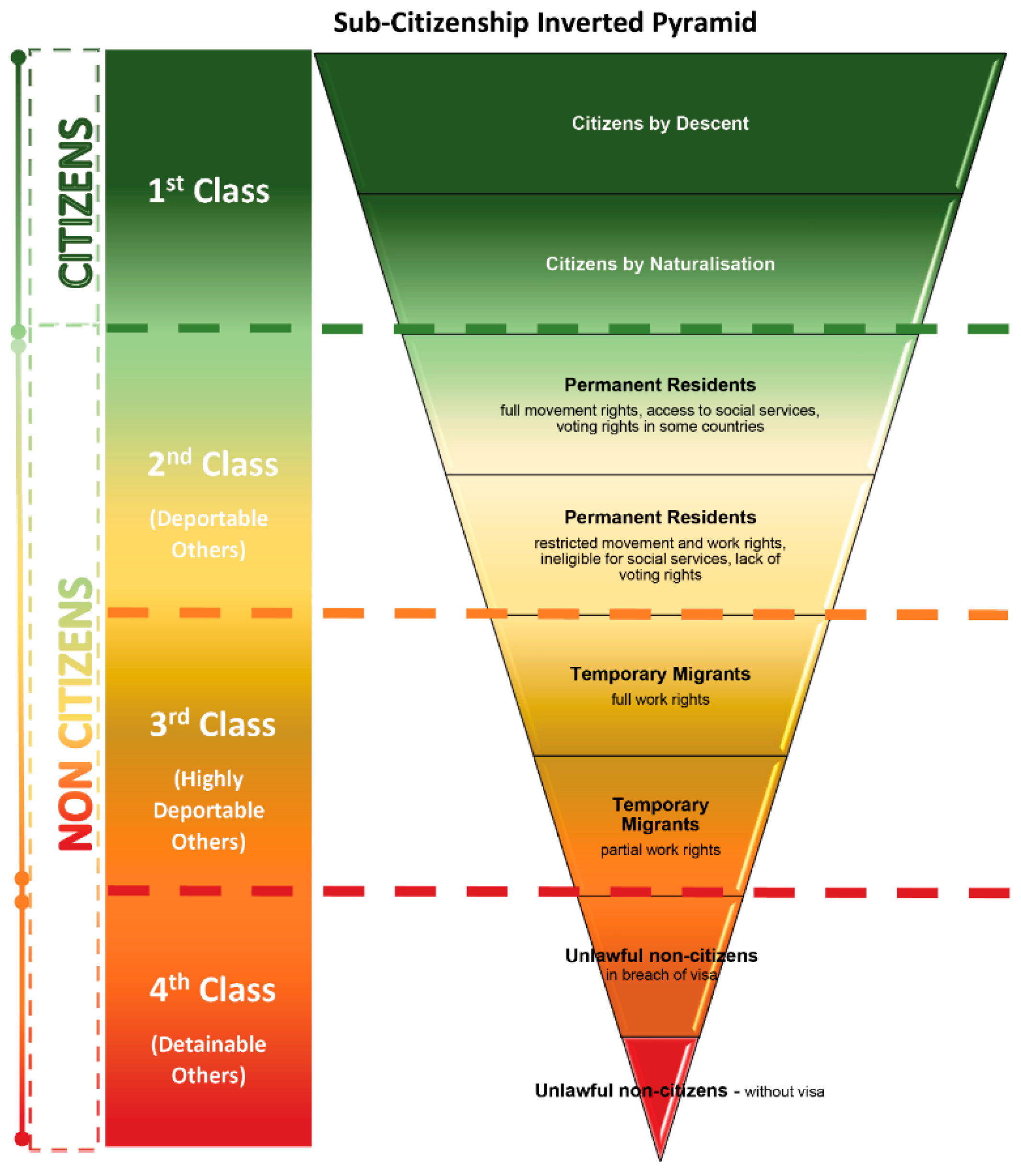
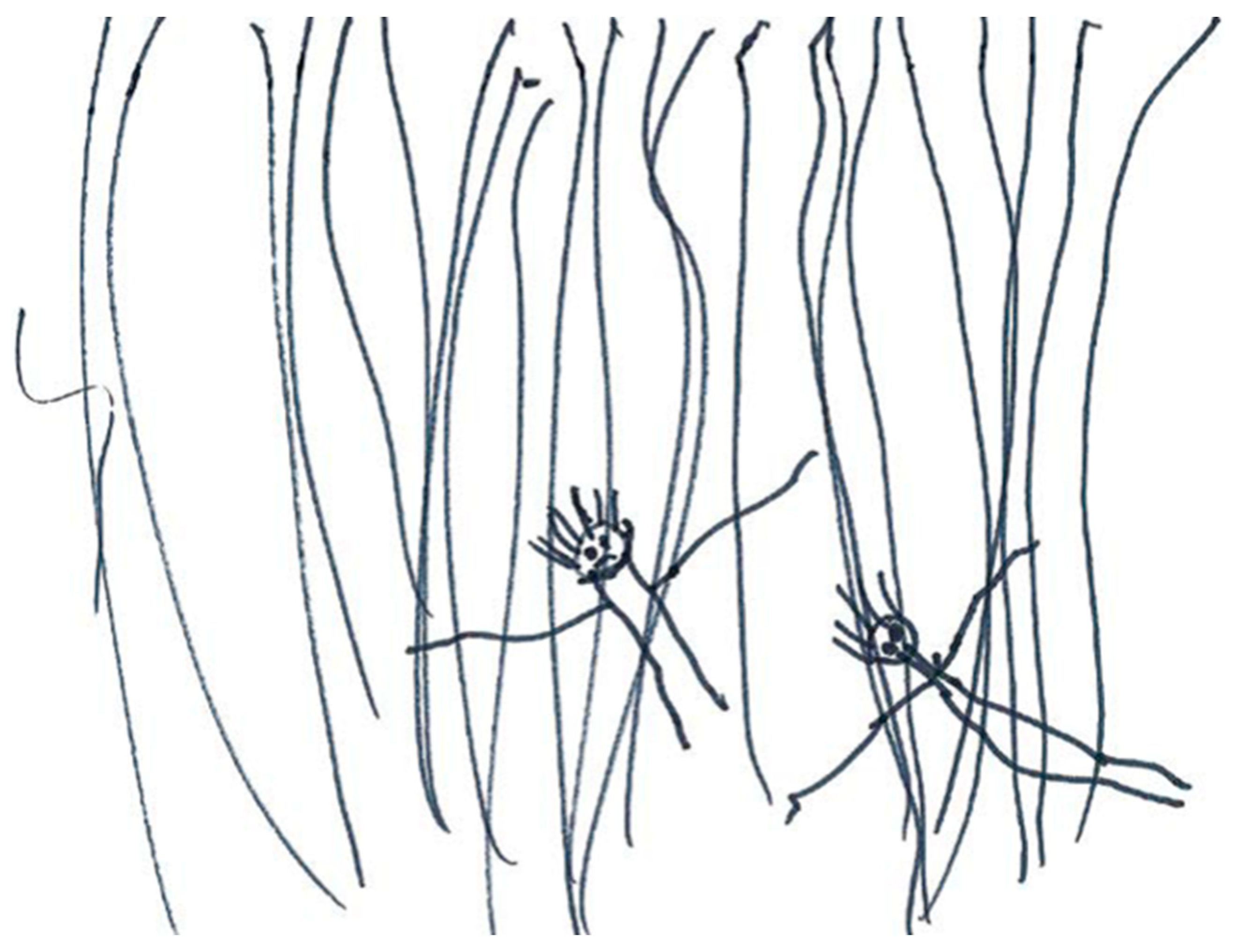
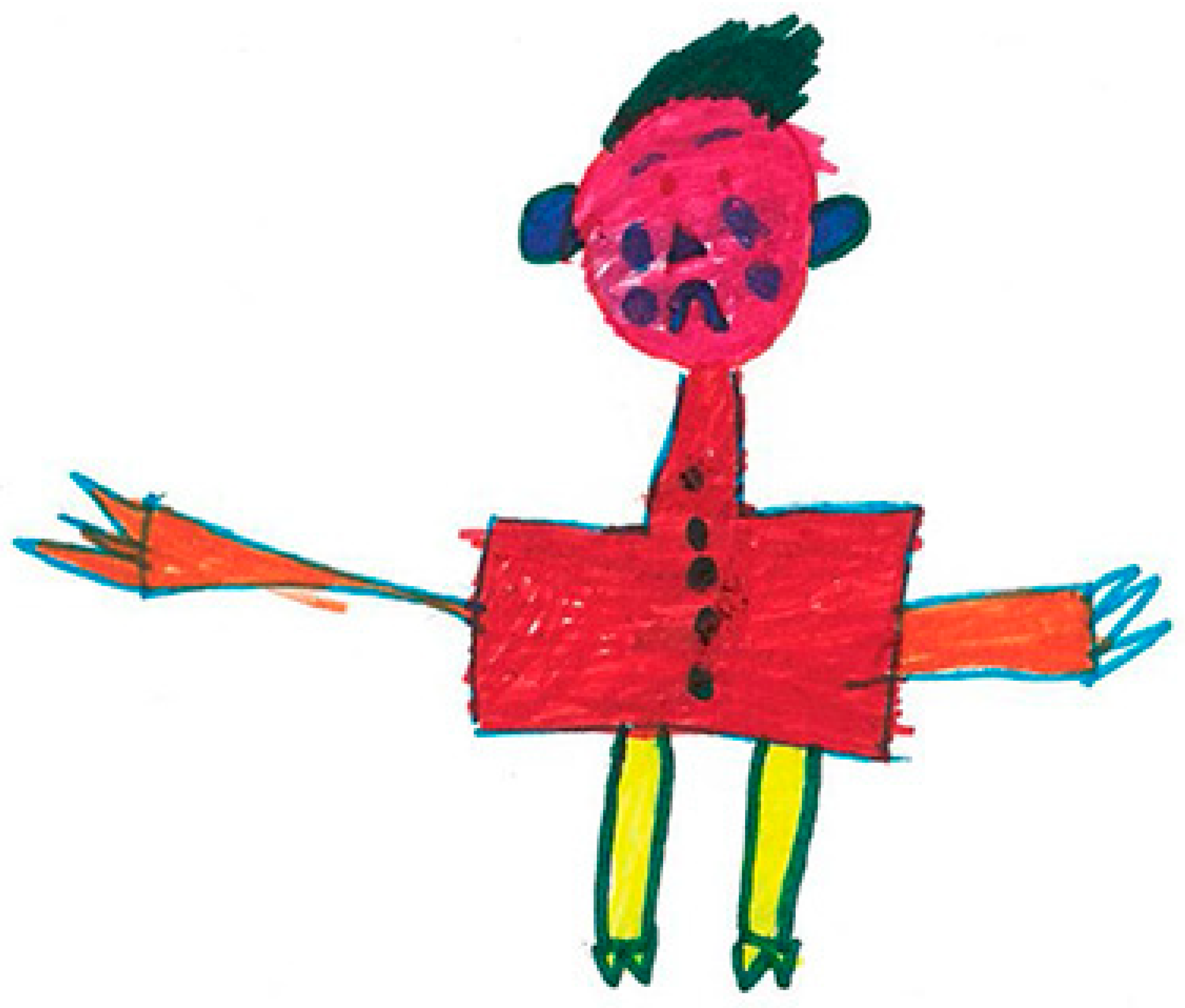
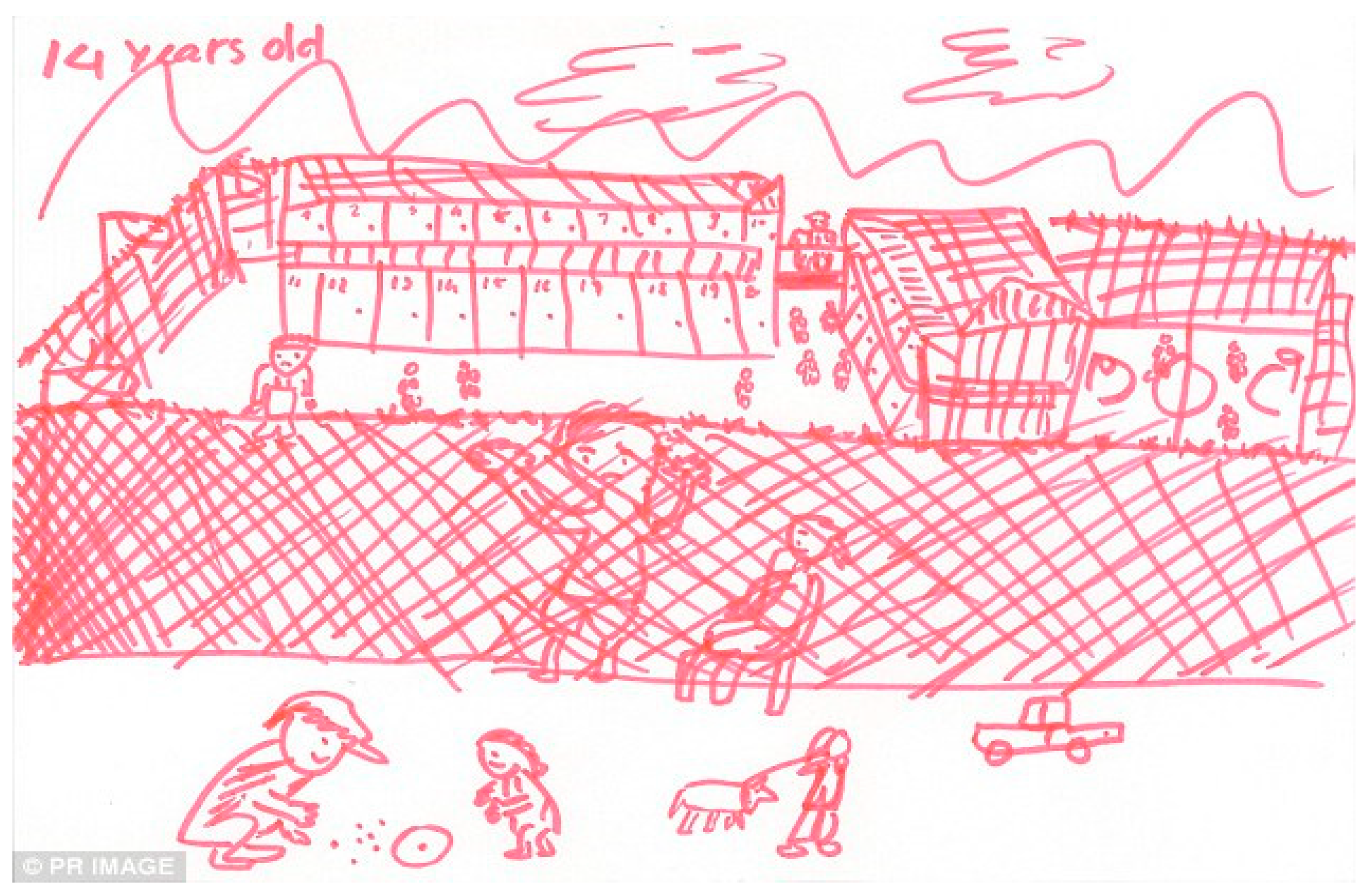
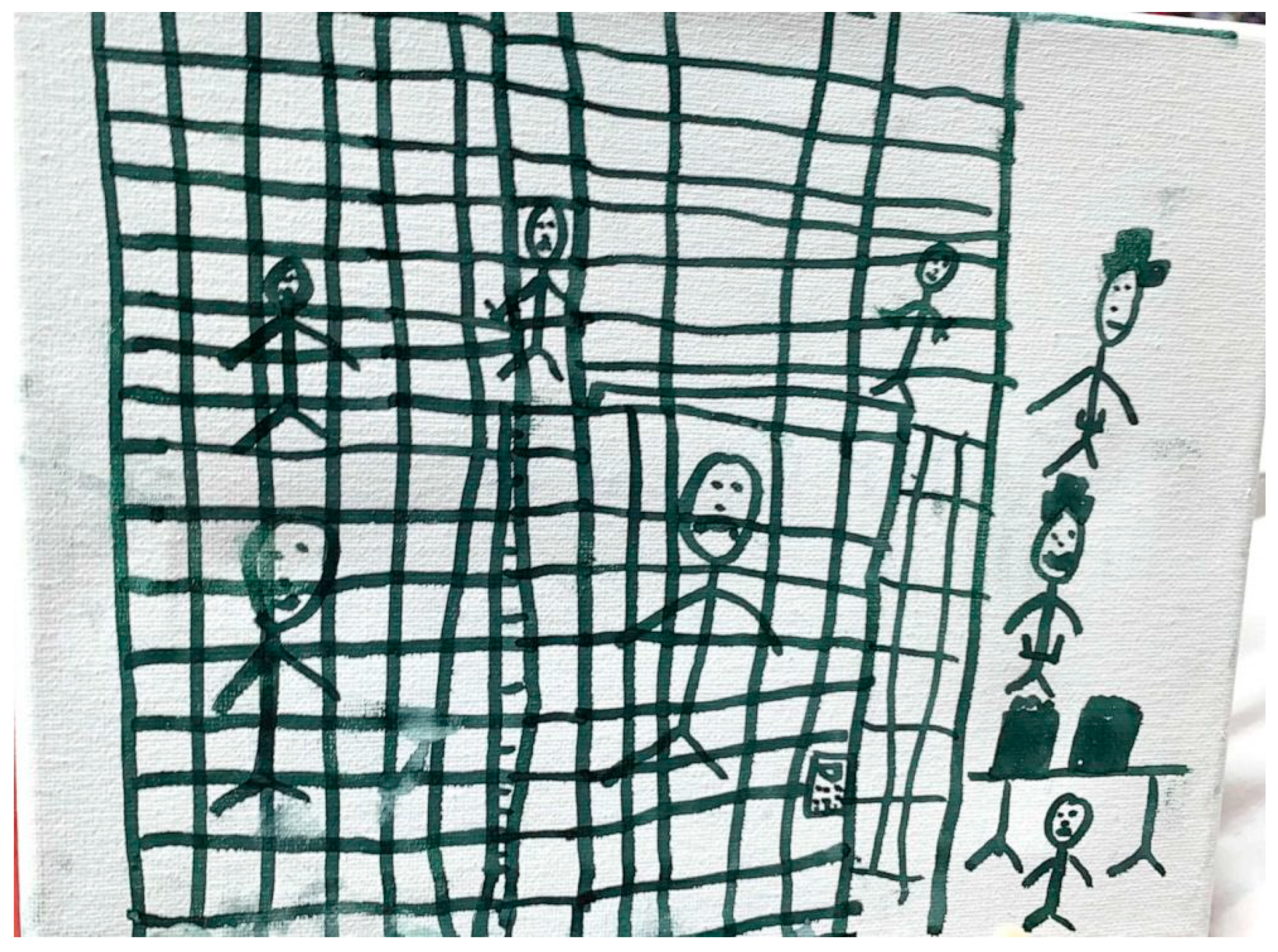
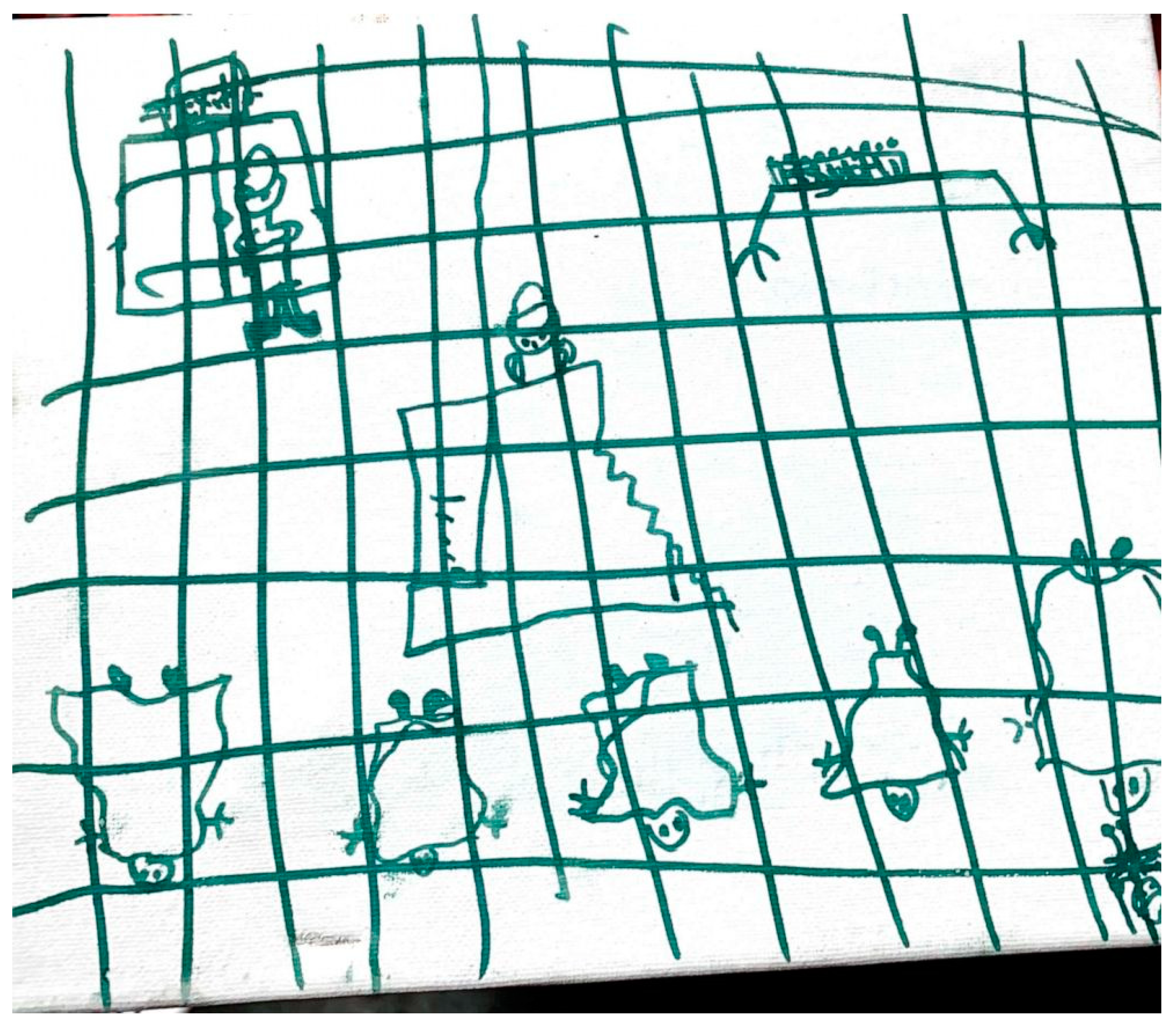
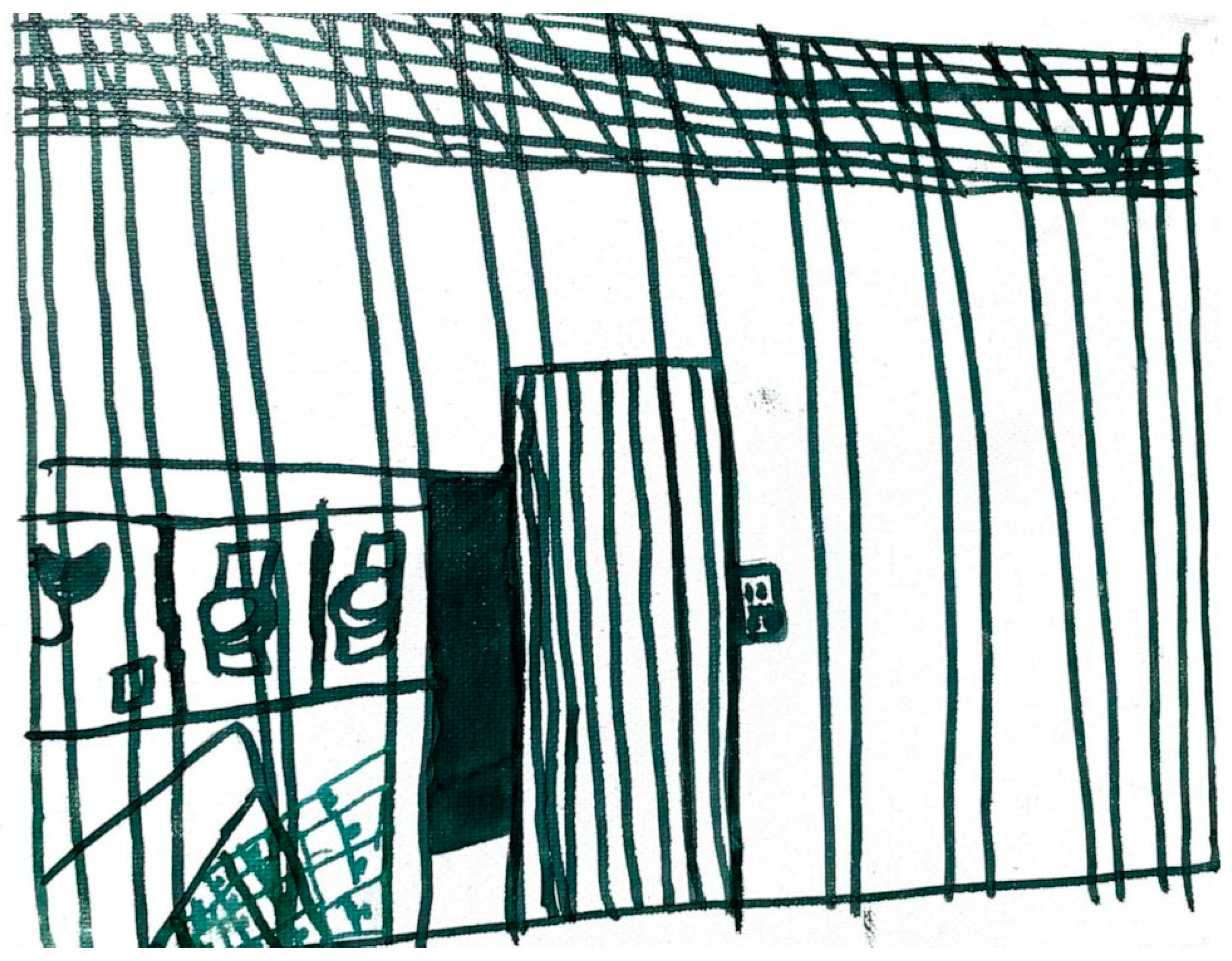
© 2020 by the author. Licensee MDPI, Basel, Switzerland. This article is an open access article distributed under the terms and conditions of the Creative Commons Attribution (CC BY) license (http://creativecommons.org/licenses/by/4.0/).
Share and Cite
Rung, D.L. Processes of Sub-Citizenship: Neoliberal Statecrafting ‘Citizens,’ ‘Non-Citizens,’ and Detainable ‘Others’. Soc. Sci. 2020, 9, 5. https://doi.org/10.3390/socsci9010005
Rung DL. Processes of Sub-Citizenship: Neoliberal Statecrafting ‘Citizens,’ ‘Non-Citizens,’ and Detainable ‘Others’. Social Sciences. 2020; 9(1):5. https://doi.org/10.3390/socsci9010005
Chicago/Turabian StyleRung, Daile Lynn. 2020. "Processes of Sub-Citizenship: Neoliberal Statecrafting ‘Citizens,’ ‘Non-Citizens,’ and Detainable ‘Others’" Social Sciences 9, no. 1: 5. https://doi.org/10.3390/socsci9010005
APA StyleRung, D. L. (2020). Processes of Sub-Citizenship: Neoliberal Statecrafting ‘Citizens,’ ‘Non-Citizens,’ and Detainable ‘Others’. Social Sciences, 9(1), 5. https://doi.org/10.3390/socsci9010005



